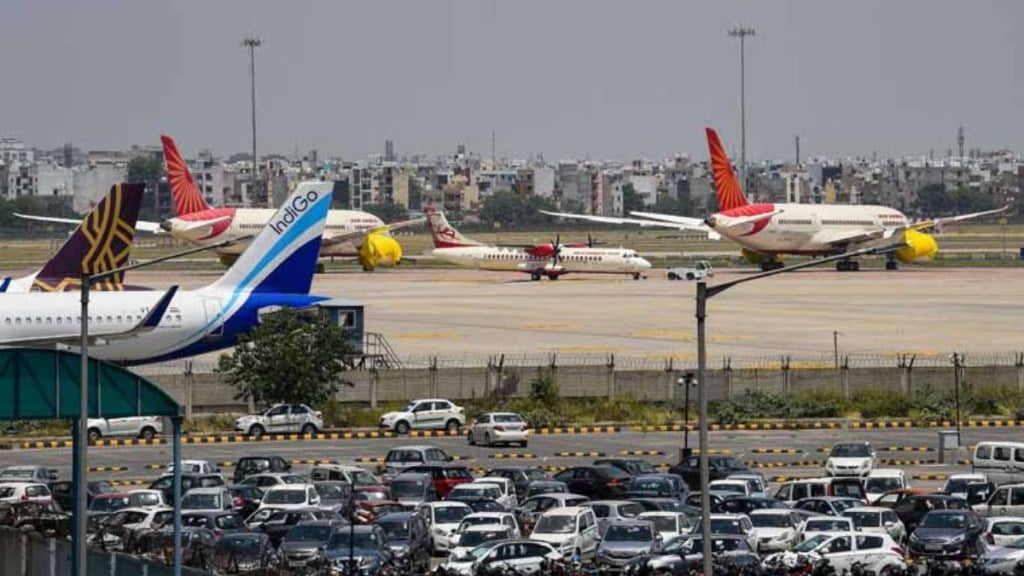As Vistara merges with the Air India Group on November 12, India’s rapidly growing aviation sector will see the number of full-service carriers (FSCs) drop to just one, down from five in the past 17 years. The merger will also result in Vistara’s 49% stakeholder, Singapore Airlines, holding a 25.1% stake in the newly expanded Air India, marking the end of another Indian airline jointly owned by a foreign carrier following the liberalisation of foreign direct investment (FDI) norms in 2012.
Under the leadership of Prime Minister Manmohan Singh, the UPA government allowed foreign airlines to acquire up to 49% stakes in domestic carriers, which led to the creation of Vistara and other foreign-invested airlines. At the same time, Jet Airways secured a 24% stake from Gulf carrier Etihad, while AirAsia India, 49%-owned by Malaysia’s AirAsia, also emerged.
Formation of Vistara
Vistara, which began operations in January 2015, remains the only full-service carrier to have launched in the past decade. Prior to that, India saw the merger of Air India and Indian Airlines in 2007, leaving the country with a total of five FSCs at one point. Over time, however, Kingfisher Airlines and Air Sahara faded away, with Kingfisher shutting down in 2012 and Air Sahara eventually being absorbed by Jet Airways before the latter’s demise in 2019.
Jet Airways, a major FSC that operated for 25 years before grounding its operations in April 2019 due to financial issues, is now set to be liquidated. Following the Air India-Vistara merger, which becomes effective on November 12, 2024, the expanded Air India will remain the country’s sole full-service airline.
Volatile nature of Indian aviation
The landscape of Indian aviation has shifted significantly in recent years, with low-cost carriers (LCCs) increasingly dominating the skies, while IndiGo remains India’s dominant player. Globally, many no-frills carriers are offering services that blur the line between full-service and low-cost travel. Some budget airlines, for example, now offer business class seating.
Full-service carriers, however, continue to focus on offering greater comfort, including meals and additional services, all bundled into the ticket price. They typically operate a wider range of aircraft and prioritise overall network profitability. In contrast, low-cost carriers generally focus on route-specific profitability, rely on ancillary revenues, and operate a single type of aircraft to keep costs low.
